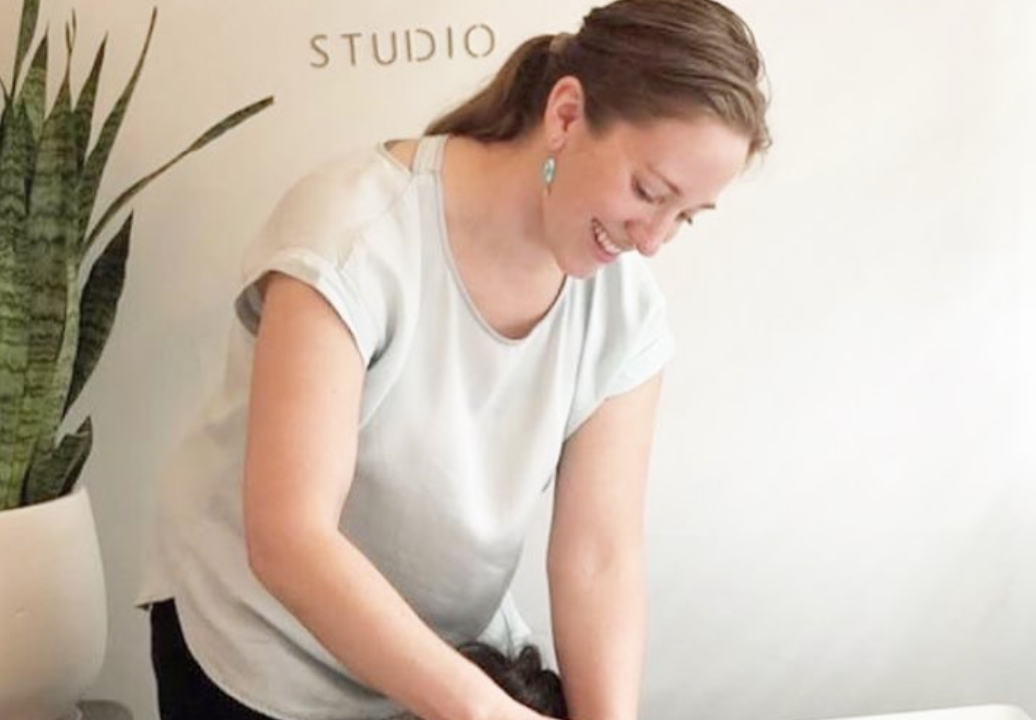Relationships June 19, 2018
Cupping therapy is a useful trend.


Before cupping became a known term, someone may have thought it had something to do with drinking glasses. Now everyone is wondering why some people have strategically placed circular bruises are on their backs. This type a therapy is known as cupping. It is used by athletes and non-athletes alike. While the practice is becoming more widely known, it still poses a number of questions about why and how this process is practiced.
According to WebMD, “cupping therapy is an ancient form of alternative medicine.” When thinking of alternative medicine, some may imagine a sort of witch doctor casting spells and prescribing potions. However, this therapeutic practice is less radical than that mental image. It is actually pretty safe, and there are many people seeking cupping therapy out for themselves.
When a person lies on the table to receive their desired treatment, the therapist puts cups on the skin and then creates a sort of vacuum-like suction. At its root, cupping sounds sort of relaxing and a bit appealing. However, why do people get this done in the first place? Supposedly, the act of cupping reduces things like inflammation and blood pressure.
There four different materials used to make the cups for this process: bamboo, glass, silicone and earthenware. In addition to this, cupping can either be performed wet or dry.
The interesting part of this entire process is the way the suction happens. In order to create suction, the person performing the cupping must put a flammable substance inside the cup, set it on fire, and then place the cup on the skin as the flame goes out. The flammable substance can be anything from paper to alcohol. WebMD reports that the cups are generally left on the skin for around three minutes.
Who knew there was fire involved? Sounds pretty intimidating.
It is important to note that once the cups have been removed, the therapist should provide an ointment to be applied a few days after the cupping session.
Michael Phelps is known for his avid cupping experiences. In the 2016 Olympian was seen with purple, circular bruises on his back. This is what sparked America’s–and the world’s–interest in this particular therapy.
Keep in mind the various side effects that could happen as a result of participating in this type of therapy. Of course, there is the obvious mark of circular bruises, but there are also some others. These include symptoms such as discomfort, burns and skin infections.
You may be saying to yourself, “If Michael Phelps does it, it must be good enough for me.” However, we’ll leave that to you to decide. Just remember to always keep in mind what is best for your body and what will ultimately be healthiest for you.